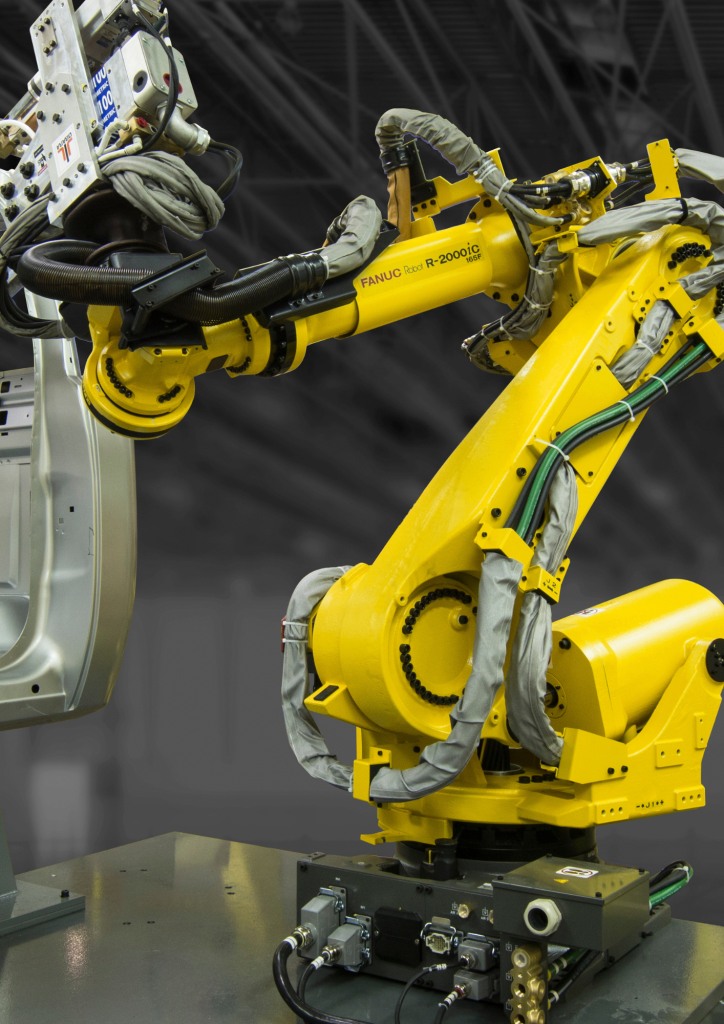At the center of manufacturing today, robotic arms are rewriting the rules of production, blending accuracy, safety, and efficiency in ways that were previously impossible to imagine. Robot arms are mechanical marvels that have become indispensable in all industries across the globe. They were created in order to lower operating costs as well as maintain high quality standards. Integrating robotic arms into manufacturing lines allows manufacturers to reduce their costs, but also enhance workplace safety and productivity. Discover how these revolutionary robots have transformed the industrial landscape.
The primary force behind the worldwide increase in robotic arm use is cost efficiency. The owners of factories are under constant stress to prevent accidents at work, reduce production mistakes, and minimize production waste. Robotic arms are designed to combat these challenges. Robots help avoid costly mistakes and help reduce the waste of raw materials by performing repetitive tasks much more precisely than human beings. In high-volume industries such as automotive manufacturing, robots ensure the highest quality assembly by performing exact welding and parts positioning. This precision results in significant savings, as less defects will mean less rework, wasted and the need to rework.

Image credit: automatedsolutions.com.au
The security of robotic arms is also an important element. Human workers are in danger when they perform a range of manufacturing tasks, including handling hazardous material or operating machinery that is heavy. Robot arms allow companies to keep their employees away from risky working environments and minimize the risk of injuries at work. A robotic arm, designed as a kinematic chain of movable joints, mimics the functionality of a human arm but operates without the risk of physical harm. Equipped with hand end effectors, these devices can accomplish tasks that could be hazardous for humans, such as welding or spinning.
The versatility of robot arms can be a game changer in many industries. Robot arms are adaptable to many different tasks. From assembly of automobiles, to electronics production. The programability of these arms allows them to perform complicated operations such as painting or applying fiberglass at an unparalleled level of consistency. Robotic arms used in warehousing has revolutionized palletizing, by automating the loading of pallets with goods. The automation improves productivity as well as security because robot arms are able to work continuously without getting tired.
Cobots are a brand new type of robots that operate in tandem with humans. Cobots, that are outfitted with a robotic arm, can interact seamlessly with humans in contrast to industrial robots which are usually confined to cells. Cobots with robotic arms are able to perform difficult or repetitive lifting tasks in a factory, which allows human workers to focus on more challenging tasks. This collaboration enhances productivity and ensures a safe work environment, as cobots are programed to stop or modify their movement if someone is in the vicinity.
Robotic arms make a huge influence on the modern production and not just in terms of safety, but also efficiency. The capability robotic arms to carry out tasks with great accuracy, such as welding, material handling or assembly have made them vital in areas that place safety first. Robotic arms, for instance, can be used to rotate and move components during assembly in the automotive industry, ensuring that they are precisely aligned, with no human involvement. Robots are also utilized in electronic devices to handle delicate components. This minimizes the risk of damage and increases output quality.
Robotic arms are likely to grow in importance as industries grow. The ability of robot arms to reduce costs, enhance safety, and adjust to different tasks make them the foundation of the future of manufacturing. Robot arms, which combine cutting-edge technology and human creativity, are not only tools and tools, but are actually partners in progress. They inspire innovation and transform the way the world is built.
